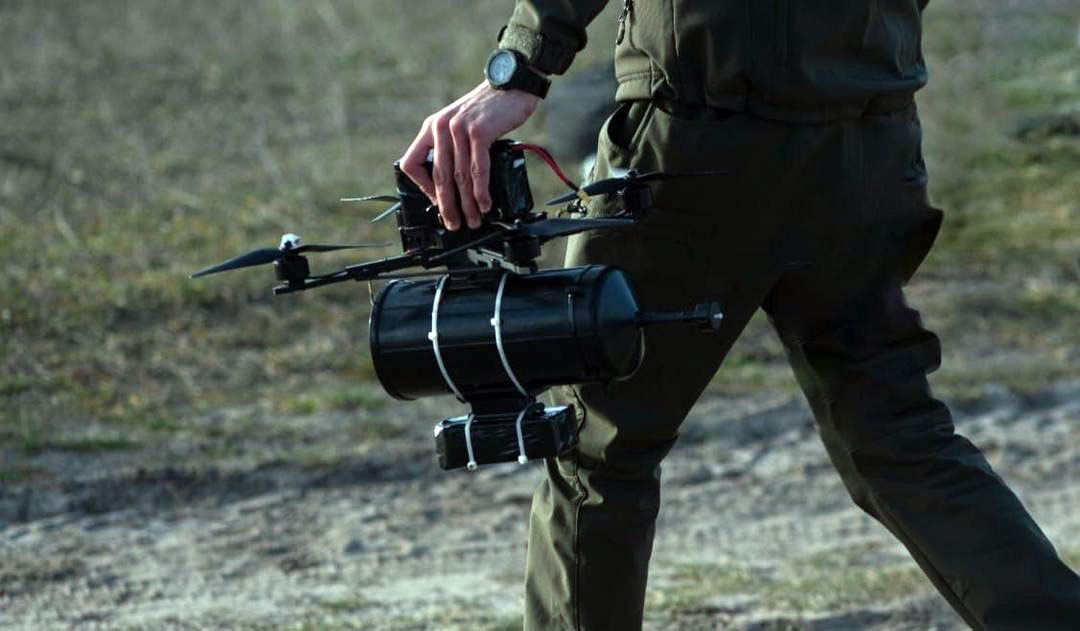Madiar’s Birds Regiment's commander has explained that his soldiers have started using a mobile radar system to detect Russian fiber optic drones. Communication through such a cable not only protects the drone from the effects of electronic warfare systems but also makes it "invisible" to drone detectors searching for drone signals in the radio spectrum. Under these circumstances, drones can only be detected visually or by conventional radar, which is used to detect aircraft and missiles, UNIAN reports. The Madiar’s Birds Regiment employed a miniature version of such a radar. In the footage released by Brovdi, a Russian kamikaze drone equipped with a cumulative anti-tank warhead from a hand-held grenade launcher is seen flying at a relatively low altitude over a landing area. It is intercepted by a Ukrainian drone that was deployed "on alert" when mobile radars detected the Russian target. In the video caption, Brovdi notes that his regiment's experience must be scaled up across the entire military.Ukraine's Madiar's Birds Regiment was equipped with detectors capable of identifying jam-proof Russian fiber-optic drones
— Euromaidan Press (@EuromaidanPress) January 30, 2025
Mobile radar system developed for Ukrainian forces can detect drones at range of few kilometers 🎥 Madiar pic.twitter.com/QPkZsK04J2
"The army must quickly and massively re-equip itself with mobile versions of radar systems every 2-4 km along the front line and with regular FPV fighter units to destroy intercepted enemy fiber-optic FPVs detected by mobile radar systems," he said on social media.Although the regiment's commander does not specify the exact equipment his unit uses to detect enemy drones on fiber optics, The War Zone suggests that it could be a microwave radar system, which is well-suited for detecting small and relatively slow drones. However, such radars have a limited range, meaning that drone operators will have minimal time to react. Earlier, Brovdi said that a potential ceasefire between Russia and Ukraine would not signify the end of the war. Instead, it would likely be just a temporary halt in fighting. According to the Ukrainian commander, if Ukraine openly signaled its readiness for negotiations, it may appear as though its army had exhausted its resources and is willing to compromise on unfavorable terms. Regarding the debate on the role of drones versus artillery on the battlefield, Brovdi clarified that while artillery remains essential, it heavily relies on drones for accurate targeting. Read more:
- ISW: Russians make marginal advances near Toretsk, Kurakhove, deploy more fiber-optic drones
- Ukraine’s Defense Ministry showcases fiber optic-controlled FPV drones
- Ukrainian ground drones get jamming-resistant fiber-optic control
- Drone wars: Ukrainian FPV destroys Russian fiber optic-controlled drone (video)

